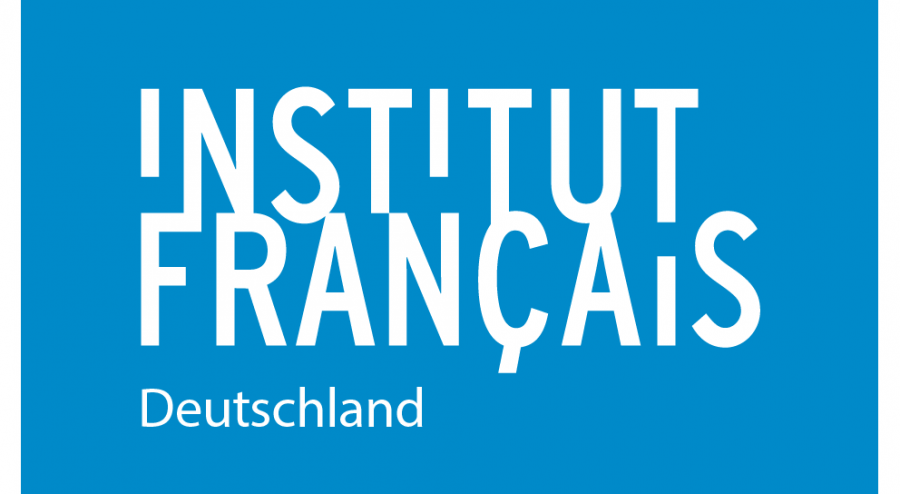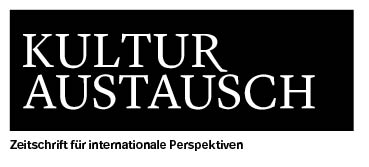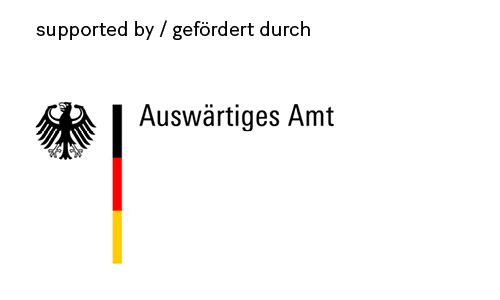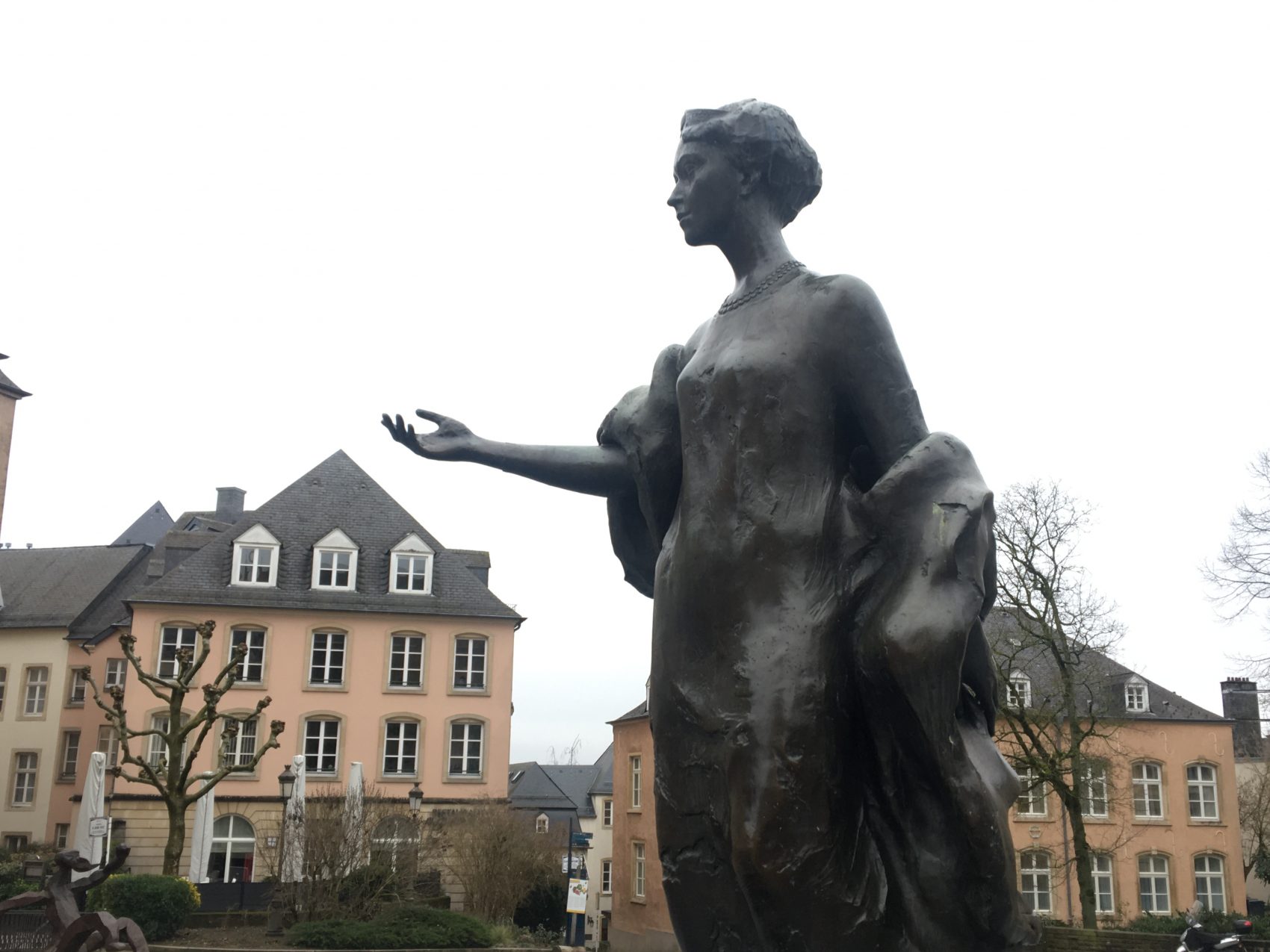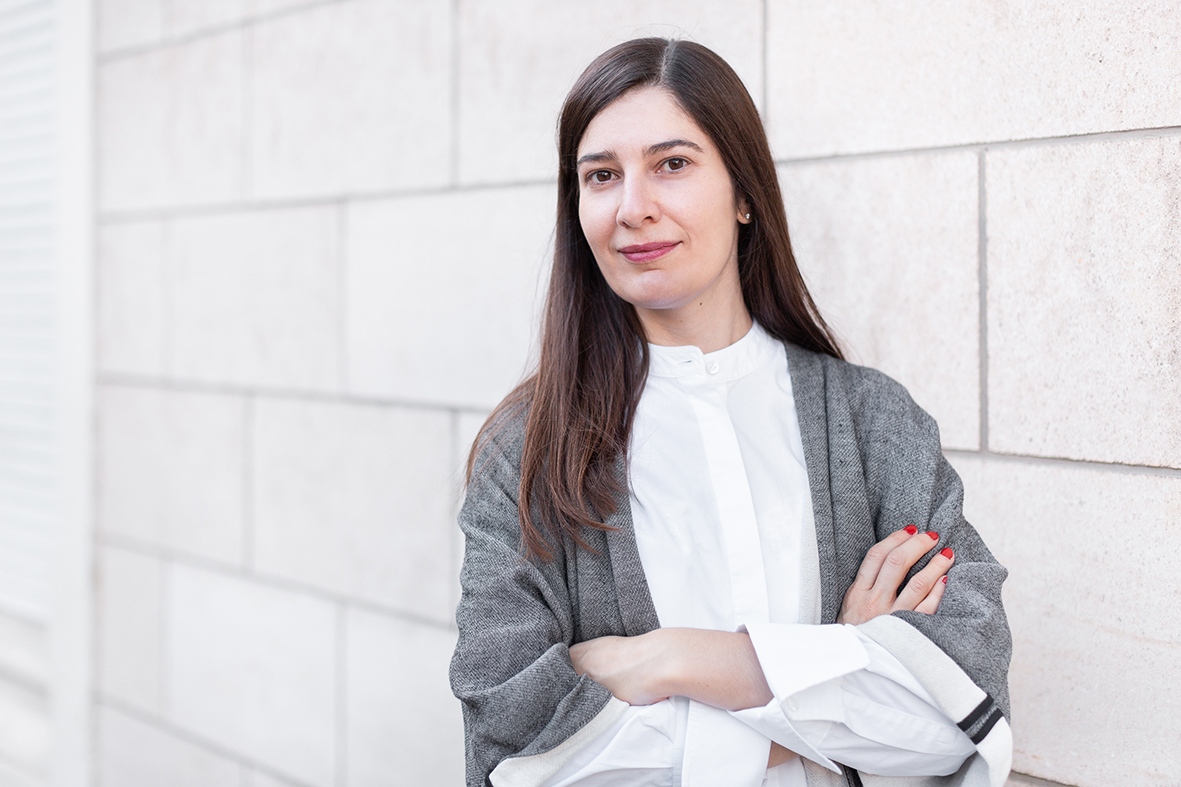Wie einem in Luxemburg Spanisch vorkommt
Auf dem Platz Clairefontaine steht die Bronzestatue von Großherzogin Charlotte, Tochter von Wilhelm IV. von Luxemburg und Maria Anna von Portugal. Ihre nach oben geöffnete Hand erinnert daran, was die Großherzogin Luxemburg während der Kriegsjahre gegeben hat. Im Londoner Exil warb sie um den Beistand der Alliierten und sprach ihren Landsleuten in Radioansprachen Mut und Durchhaltevermögen zu. Früheren, frommeren Luxemburgern war sie dafür ein ins Hagiographische gesteigertes Sinnbild von Widerstand und Patriotismus: Charlotte als Trösterin der Betrübten, nicht nur Landesmutter, sondern Menschwerdung der Muttergottes.
Die Luxemburger verspotten die Statue mit der ausgestreckten Hand liebevoll als „Heeschefra“, Bettelfrau. Diese Lesart macht sie zum perfekten Symbol für die verworrene Finanzsituation am großherzoglichen Hof, die ein offizieller Bericht kürzlich ans Licht gebracht hat: Es fehlt an Transparenz; Steuergelder fließen in die privaten Ausgaben der großherzoglichen Familie, Verwaltung und Personalpolitik des Hofes wirken wie eine Karikatur feudaler Machtverhältnisse. Was gibt der Staatschef dem Land dafür zurück? Zunächst einen Brief auf Luxemburgisch, Französisch, Englisch und Spanisch. Großherzog Henri, Enkel von Charlotte, beklagt sich über Kritik, die im Umfeld des Berichts an seiner Frau lautgeworden ist. Da kann man schon stutzen. Mit wem spricht der Großherzog? Spanisch ist zwar die Muttersprache seiner Frau, spielt jedoch in der ansonsten beträchtlichen Sprachenvielfalt des Luxemburger Alltags keine Rolle.
Insgesamt hat fast die Hälfte der Einwohner Luxemburgs keinen luxemburgischen Pass. Das statistische Amt zählte 2019 fast hunderttausend Einwohner portugiesischer Staatsangehörigkeit, siebzehn Prozent der Gesamtbevölkerung. Viele halten auch in der zweiten oder dritten Generation an der Sprache fest; so kommt man gut und gern auf ein Fünftel Portugiesisch sprechender Einwohner. Dem Luxemburger Alltag oder dem kulturellen Leben merkt man die lusophone Grundierung hingegen kaum an. Im Supermarkt gibt es zwar Pasteis de nata und Stockfisch, aber Filme und Theaterstücke werden in einer der Amtssprachen oder auf Englisch gezeigt. In diesen Sprachen kommunizieren auch die Verwaltungen. In den Schulen wird Portugiesisch höchstens als Zusatzfach für besonders Eifrige angeboten.
Dass die Mehrheit der Luxemburger Portugiesen um die portugiesischen Wurzeln des Staatschefs weiß, um die Quasimadonna auf dem Platz Clairefontaine, darf man bezweifeln. Der Großherzog könnte ein Symbol von Einheit und Integration sein, indem er sich auf sein portugiesisches Erbe beruft. Auch das ist eine verpasste Gelegenheit seiner zwanzigjährigen Amtszeit.
The Spanishness of Luxembourg
On Place de Clairefontaine is a bronze statue of Charlotte, Grand Duchess of Luxembourg, daughter of William IV of Luxembourg and Princess Marie Anne of Portugal. Her outstretched, imploring hand is a reminder of her efforts during the war years: while in exile in London, the Grand Duchess asked for the support of the Allies and made radio broadcasts to her fellow Luxembourgers, urging them to courage and resilience. To the more devout Luxembourgers of the past she was a hagiographic symbol of resistance and patriotism: Charlotte, Comforter of the Afflicted—not only mother of the nation, but the incarnation of the mother of God.
These days, the statue is affectionately and teasingly dubbed ‘Heeschefra’, beggarwoman, an epithet that makes her the perfect symbol of the current financial muddle at the Grand-Ducal court. An official report recently revealed a complete lack of transparency: taxpayers’ money is going on the Grand Ducal family’s private expenses; court administration and staff policy are like a caricature of feudal power structures. And what does the head of state give his people in return? Henri, Grand Duke of Luxembourg, grandson of Charlotte, writes them a letter in Luxembourgish, French, English and Spanish, deploring the criticism that has been levelled against his wife in the wake of the report. Spanish? What’s that about? Who’s the man addressing? Spanish is his wife’s mother tongue, but it plays no part in the otherwise impressive polyglottism of everyday life in Luxembourg.
Almost half of Luxembourg’s residents do not have a Luxembourg passport. In 2019 the Office for Statistics counted almost a hundred thousand residents of Portuguese nationality—17 per cent of the population. Many retain their language into the second or third generation, which means that a good fifth of the country’s residents are Portuguese-speaking. But this strong Lusophone presence is barely noticeable in day-to-day Luxembourg life and culture. The supermarkets may sell Portuguese custard tarts and salt cod, but films and plays are shown in one of the official languages—or English. These are also the languages of administrative communication. In schools, Portuguese is offered as an additional subject for particularly keen students—if at all.
It is unlikely that many Luxembourg Portuguese know of the Portuguese roots of their head of state, or of the quasi-Madonna on Place de Clairefontaine. If the Grand Duke chose to evoke his Portuguese heritage, he could be a symbol of unity and integration. That, too, is a missed opportunity of his twenty years in office.
Translation: Imogen Taylor
A que propósito espanhol no Luxemburgo?
Na Praça Clairefontaine encontra-se a estátua de bronze da grã-duquesa Charlotte, filha de Guilherme IV do Luxemburgo e de Maria Ana de Portugal. A sua mão, aberta e voltada para cima, lembra aquilo que a grã-duquesa deu ao Luxemburgo durante os anos de guerra. No exílio londrino, procurou angariar o apoio dos Aliados e, nas suas comunicações radiofónicas, procurava incutir coragem e capacidade de resistência aos seus compatriotas. Por essa razão, tornou-se um símbolo sagrado de resistência e patriotismo para os luxemburgueses das gerações mais velhas e mais devotas: Charlotte, a consoladora dos aflitos, não só mãe da nação, mas a incarnação da própria Mãe de Deus.
Os luxemburgueses fazem uma troça carinhosa da estátua com a mão estendida, chamando-lhe «Heeschefrau», a pedinte. Esta interpretação transformou-a no símbolo perfeito da situação financeira complicada que se vive na corte do grão-ducado, trazida recentemente a público por um relatório oficial: falta transparência, o dinheiro dos impostos entra nas despesas pessoais da família dos grão-duques, a administração e a gestão de pessoal da corte parecem uma caricatura das relações de poder feudais. E o que oferece o chefe de Estado ao país em resposta? Antes de mais, uma carta, escrita em luxemburguês, francês, inglês e espanhol. O grão-duque, Henri, neto de Charlotte, queixa-se das críticas à sua esposa, vindas a público no contexto do relatório. Razão, desde logo, para uma certa perplexidade. Com quem está a falar o grão-duque? Espanhol é a língua materna da esposa; contudo, a língua não tem qualquer representatividade no contexto, de resto consideravelmente multilingue, do quotidiano luxemburguês.
No total, quase metade dos habitantes do Luxemburgo não tem passaporte luxemburguês. O instituto de estatística contabilizava em 2019 quase cem mil habitantes de nacionalidade portuguesa, 17% da população total. Muitos deles mantêm, mesmo na segunda ou terceira gerações, uma ligação à língua materna; por conseguinte, chega-se facilmente a um número correspondente a uma quinta parte de falantes de português entre a população. No entanto, no Luxemburgo, estas raízes lusófonas mal se fazem sentir na vida quotidiana. No supermercado há pastéis de nata e bacalhau, é certo, mas os filmes e as peças de teatro são exibidos numa das línguas oficiais ou em inglês. As instituições e a administração comunicam também nestas línguas. Nas escolas, o Português é, quando muito, uma disciplina opcional para os mais entusiastas e dedicados.
É duvidoso que a maioria dos portugueses que vivem no Luxemburgo conheça as raízes portuguesas do chefe de Estado ou da quase Nossa Senhora da praça Clairefontaine. O grão-duque poderia ser um símbolo de unidade e integração, invocando a sua herança portuguesa. Também esta é uma oportunidade perdida do seu mandato, que perfaz duas décadas.
Tradução: Helena Topa
Teilen
-
22 Montag
19:30 UhrHausgäste Juli 2019
Rasha Khayat, Elise Schmit und Pascal Richmann in Lesung und Gespräch
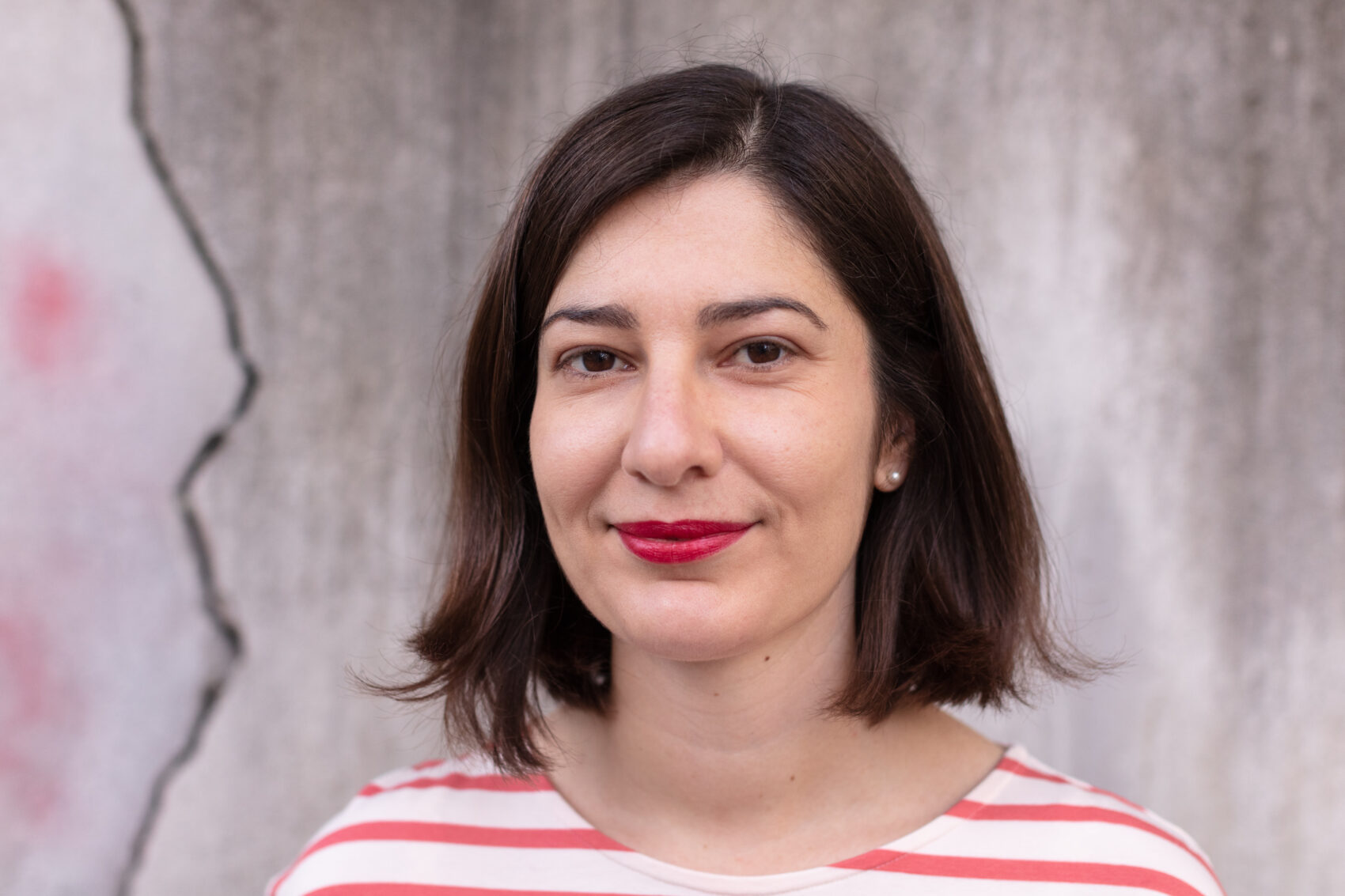
Veranstaltungen mit Elise Schmit
2019
Juli



